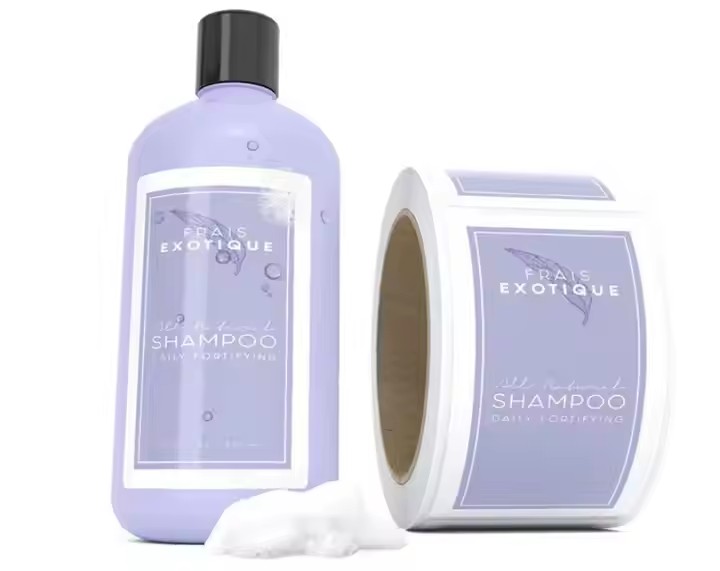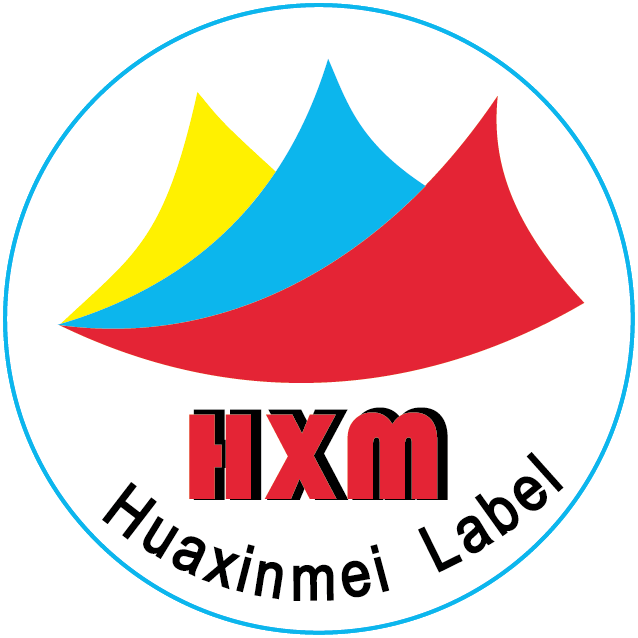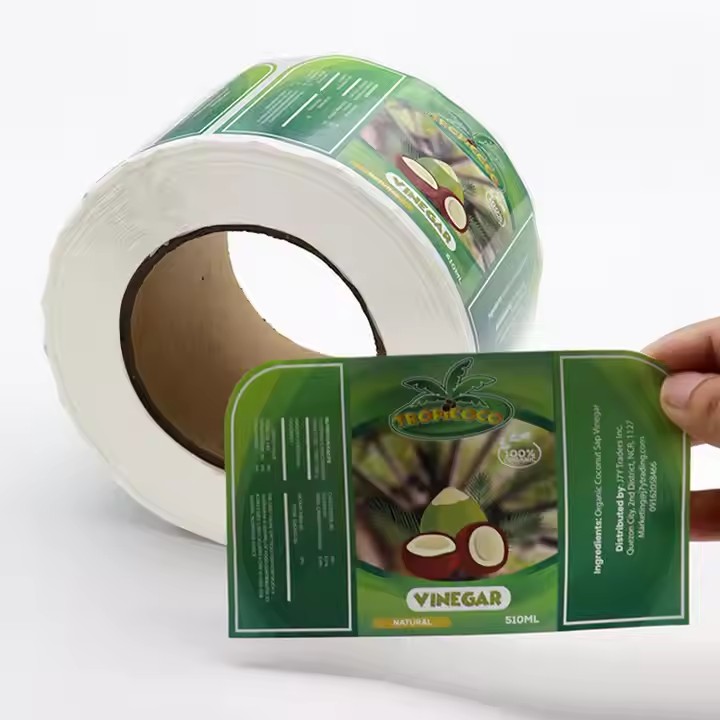Custom Labels Based on Past Experience
When a business customizes labels for its products, several factors must be considered. Can past experience in label customization be replicated directly? Is it appropriate to simply copy others’ designs or reuse last year’s style? These questions require careful thought rather than random modifications without market analysis and research.
By reflecting on previous procurement experiences, one can assess whether the existing label designs can still be used. For example, if the market is thriving this year and there is continued strong demand for the product, it may be appropriate to retain the same label packaging. On the other hand, if the company is facing cash flow issues, or the market conditions have not met expectations, new strategies should be adopted when procuring labels. This could involve customizing new labels that align with current trends and consumer preferences in terms of style and color.
For instance, in the cosmetics industry, product designs are often updated before the Qixi Festival (Chinese Valentine’s Day). Cosmetics are commonly gifted on this occasion, so the packaging must be unique, surprising, and beautiful to win over female consumers.

Customizing Labels Based on Market Trends
Wholesalers can also customize labels by following market trends. Take the shampoo industry as an example: if the product’s key benefit is to relieve dandruff and itching, the label design should clearly highlight these effects. It should address consumers’ pain points, like scalp itching and dandruff, or even the product’s simple cleaning function. The key is to customize labels based on current market conditions.
Conducting thorough industry research, including in-person market surveys, is also essential. What are the latest trends this year? What new competitive products have emerged, and why are they selling so well? Is there anything to learn from their label packaging? Which insights need updating, and which practices can still be followed? It takes numerous trials and errors to refine a label that matches the brand’s style.
For example, Mr. Zhang, who runs a wine business, was preparing to launch a new batch of wines this year. He conducted extensive market research, hoping to capitalize on current trends. After his research, he returned to his company, excited to discuss with Mr. Li, the company’s CEO, how a new label design could add value and increase profit margins. However, Mr. Li advised him not to invest too much effort in the label design, as it might not significantly impact sales.
Mr. Zhang then held a meeting to discuss potential directions for the new label design, but most of his team disagreed with his views. Feeling frustrated, Mr. Zhang later overheard Mr. Li in a conversation, planning a new label design with the team. Mr. Li’s idea was more conservative, focusing on soft tones for the next season, while Mr. Zhang’s vision was more aggressive, wanting bold red and green elements. Eventually, Mr. Li’s approach proved to be a great success.

Customizing Labels Based on Consumer Preferences
Before designing custom labels, businesses need to conduct surveys and field research to understand consumer preferences. Knowing consumer pain points and needs is crucial for designing labels that resonate and attract attention.
In large shopping malls, consumers often examine the labels on clothing to check for details such as material composition, durability, and care instructions. These factors can influence their purchasing decisions. Therefore, well-designed labels are crucial in subtly influencing more buyers. Additionally, as consumers’ aesthetic and design expectations continue to rise, product appearance plays an increasingly important role in purchase decisions.
For example, in the beverage industry, bottles can be designed with unique shapes, and the labels can also be creatively customized. How can the bottle design use fewer materials while maintaining brand consistency? How can the label’s slogan be crafted to make the brand more memorable? What color schemes will make the label more visually appealing and eye-catching? All of these factors should be considered in label design.



